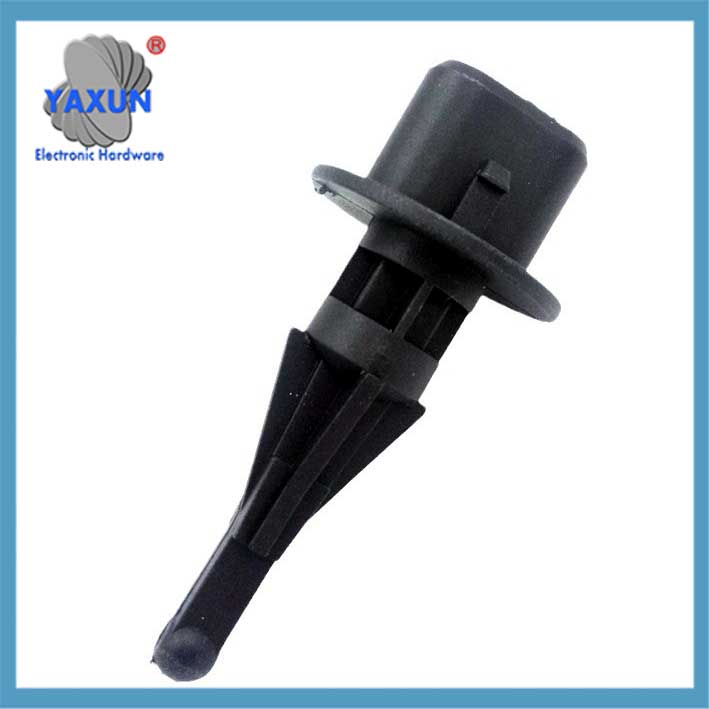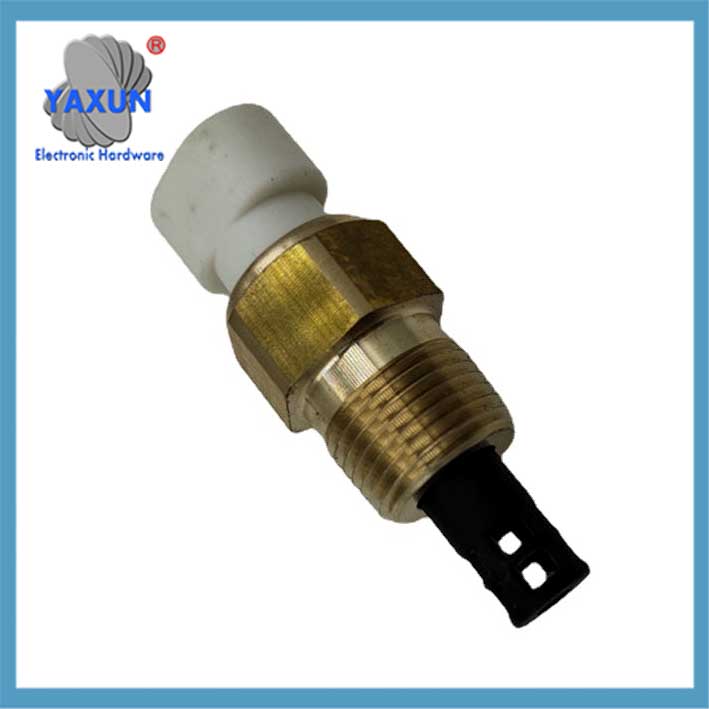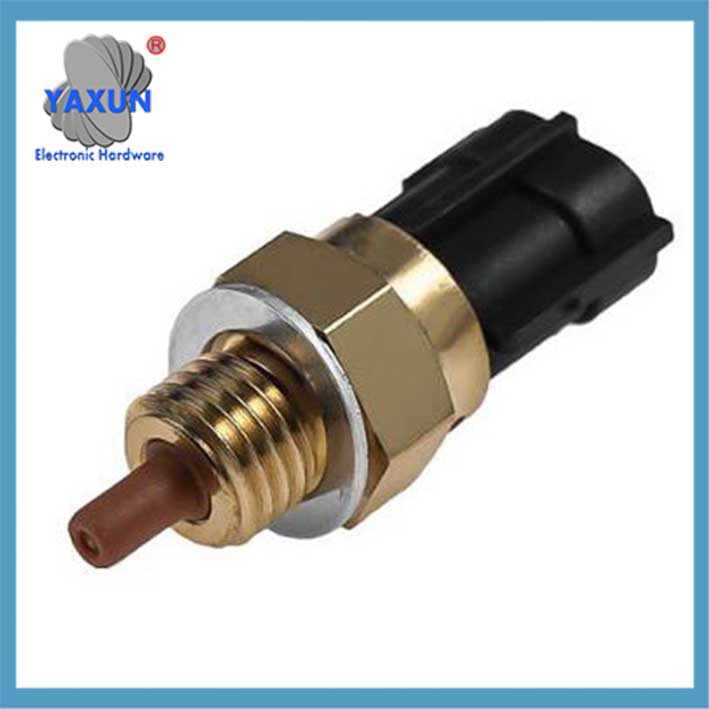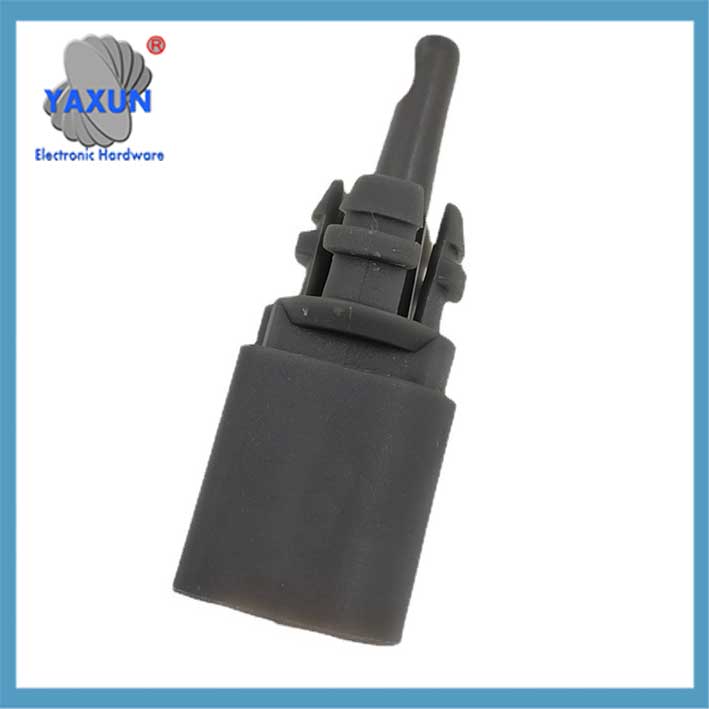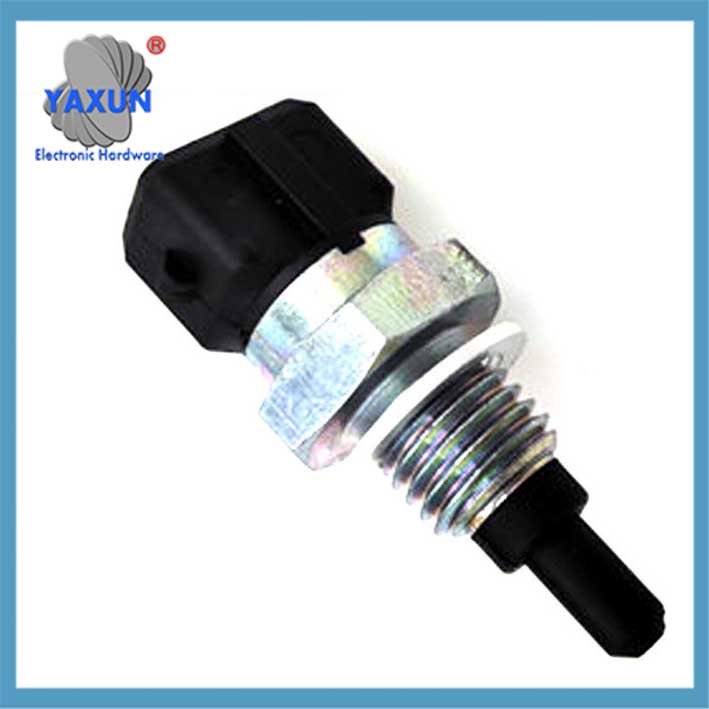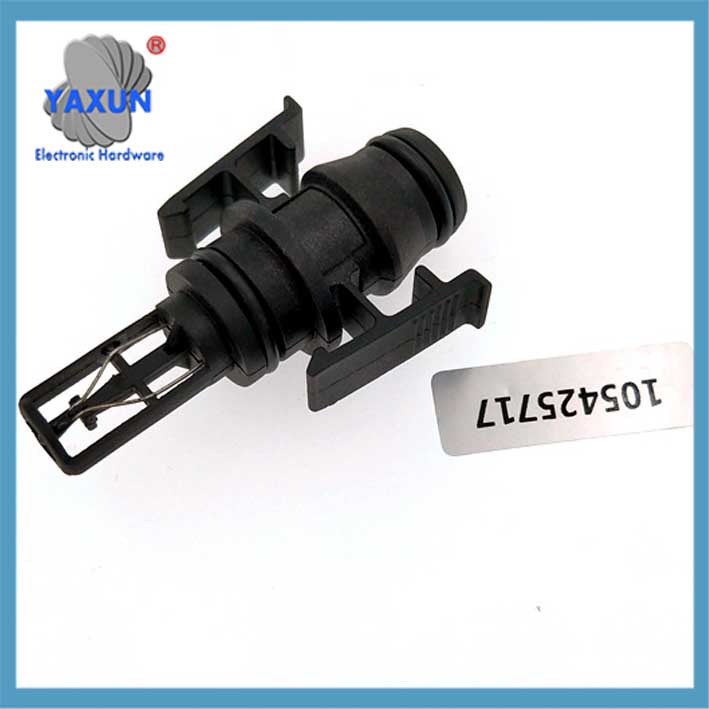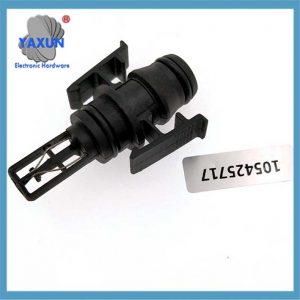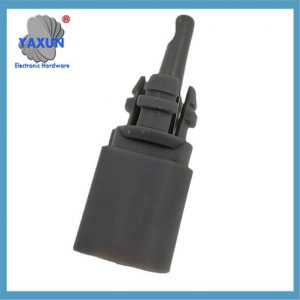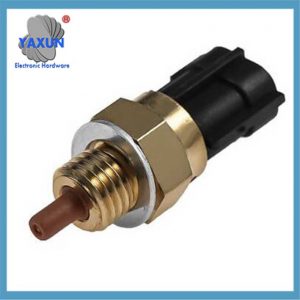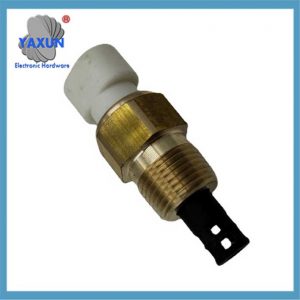Kategorie produktów
- bezpiecznik termiczny 32
- bezpieczniki do montażu powierzchniowego 12
- termistor 36
- Uchwyt bezpiecznika do montażu na płytce drukowanej 27
- Wiązka przewodów 6
- Uchwyty bezpieczników ostrza 17
- termostat 50
- Bezpiecznik elektryczny 24
- Motorowy czujnik temperatury 7
- Wyłącznik termiczny 22
- Uchwyt skrzynki bezpieczników 36
- Czujnik temperatury 75
- Wyłącznik termiczny 68
- Bezpiecznik samochodowy 20
- Przykręcić bezpieczniki 8
Tagi produktów
Dostosuj funkcję czujnika temperatury powietrza wlotu samochodowego
Aby dostosować funkcję temperatury powietrza wlotowego samochodowego (IAT) transduktor, Możesz zmodyfikować wyjście sygnału czujnika do jednostki sterującej silnika (ECU). Zazwyczaj osiąga się to poprzez dodanie rezystancji w szeregu lub równolegle z czujnikiem, skutecznie zmieniając sygnał napięcia, który otrzymuje ECU. Można to zrobić za pomocą potencjometru (Zmienny rezystor) lub stały rezystor. Zmiana sygnału IAT może wpłynąć na decyzje ECU dotyczące dostarczania paliwa i czasu zapłonu, potencjalnie wpływa na wydajność silnika.
Relevant knowledge of automobile intake air temperature sensor. This problem is very common in the field of automobile maintenance and electronic control.
Several key points of automobile intake air temperature sensor: Pierwszy, all materials emphasize that this is a negative temperature coefficient (NTC) thermistor sensor, which is the basis for understanding its working principle. Po drugie, there are two mainstream solutions for the installation position (before/after the throttle), but the functions are the same. In the fault symptoms section, multiple sources repeatedly mentioned typical manifestations such as difficult starting and unstable idle speed, which need to be integrated to avoid redundancy.
Pay special attention to the comparison of the differences between intake and exhaust temperature sensors. This knowledge point is very helpful for understanding the particularity of the intake air temperature sensor, and consider briefly mentioning it. In terms of technical parameters, it is mentioned that the difference in signal voltage under hot and cold car conditions is very valuable and can reflect the dynamic working characteristics of the sensor.
Prepare to use a structured presentation: first outline the definition and core principles, and then expand it in three parts: workflow, function, and fault.
The Intake Air Temperature Sensor (IAT) is a key component in the engine management system. It is used to monitor the temperature of the air entering the engine and convert the data into electrical signals and transmit them to the electronic control unit (ECU) to achieve accurate correction of parameters such as injection volume and ignition timing. Poniżej znajdują się podstawowe punkty:
I. Working principle and structure
Core component
Adopting a negative temperature coefficient (NTC) termistor: the resistance value decreases when the temperature rises, and the resistance value increases when the temperature decreases.
Conversion signal
The sensor and the ECU form a closed circuit. The ECU provides a 5V reference voltage (THA line) and the other is a grounding line (E2). Temperature changes cause resistance changes, which in turn changes the circuit voltage and generates an electrical signal corresponding to the temperature.
The IAT sensor measures the temperature of the air entering the engine’s intake manifold.
This information is crucial for the ECU to calculate the appropriate air-fuel mixture and ignition timing for optimal combustion.
The ECU sends a voltage to the sensor and reads the voltage drop across it, which corresponds to the intake air temperature.
Signal characteristics
Cold car state: The signal voltage is similar to the water temperature sensor;
Hot car state: The signal voltage is about 2~3 times that of the water temperature sensor.
II. Installation location and function
Lokalizacja instalacji
Located in the intake pipe or air flow meter, either before the throttle (intake pipe) or after the throttle (intake manifold).
„Funkcja podstawowa”.
Air-fuel ratio correction: Low-temperature air has high density, so the ECU increases the amount of fuel injection; high-temperature air has low density, so the amount of fuel injection is reduced to ensure optimal combustion efficiency.
Knock prevention: High-temperature intake air is prone to knock, so the ECU adjusts the ignition advance angle accordingly.
Turbo protection: Monitor the temperature of the air after supercharging to prevent overheating damage.
III. Fault symptoms and diagnosis
Typical fault phenomena
Difficult starting, Niestabilna prędkość biegu jałowego, and weak acceleration;
Excessive exhaust emissions (black smoke);
The engine fault light is on.
Causes and effects of the fault
| Fault type | Data flow performance | Impact on the mixture | Root cause |
|---|---|---|---|
| Bad grounding | Abnormally low temperature | Too rich | Injection pulse width increased |
| Sensor short circuit | Abnormally high temperature | Too lean | Injection pulse width reduced |
| Sensor open circuit | Signal loss | Too lean | ECU uses preset value, difficult to start |
Detection method
Resistance detection: Remove the sensor, measure the resistance value after heating (such as using a hair dryer), and compare it with the standard value;
Voltage detection: When the ignition switch is ON, measure the voltage between THA and E2 (about 0.5~3.4V at normal temperature).
IV. Differences from other temperature sensors Comparison with exhaust temperature sensor
| Parametry | Intake temperature sensor | Exhaust temperature sensor |
|---|---|---|
| Working range | -40℃ ~ 150 ℃ | 200℃~1000℃ (even higher) |
| Installation location | Intake pipe/air flow meter | Exhaust manifold/near three-way catalytic converter |
| Core function | Optimize air-fuel ratio | Protect catalyst, control DPF regeneration |
| Material requirements | Conventional packaging (plastic/epoxy resin) | High temperature resistant metal housing (takich jak stal nierdzewna) |
V. Technological evolution and importance
As a typical application of NTC thermistor, this sensor achieves high-precision temperature feedback through simple physical properties, which directly affects the engine power, fuel economy and emission level. Although its design is small, it is an indispensable part of modern electronic control system to achieve closed-loop control.
Why Customize IAT Sensor Function?
Performance Tuning:
Altering the IAT signal can be a way to fine-tune engine performance. Na przykład, simulating a slightly cooler intake air temperature can sometimes lead to a richer fuel mixture and increased power, especially in turbocharged engines.
Compensation for Modifications:
If you’ve modified your air intake system (NP., changed the intake manifold, added a cold air intake), the IAT sensor might read different temperatures than stock. Customizing the sensor’s output can help compensate for these changes.
Testing and Experimentation:
Modifying the IAT sensor can be a way to experiment with different engine parameters and observe the effects on performance.
How to Customize:
Adding Resistance:
In Series: Adding a resistor in series with the IAT sensor will increase the overall resistance, causing the ECU to interpret a lower temperature.
In Parallel: Adding a resistor in parallel will decrease the overall resistance, causing the ECU to interpret a higher temperature.
Potentiometer (Variable Resistor):
A potentiometer allows you to adjust the resistance and, W związku z tym, the perceived intake air temperature dynamically.
This is useful for finding the optimal setting for your specific setup.
Sensor Location:
The location of the IAT sensor can also affect its readings due to heat soak. Consider this when making adjustments.
ECU Calibration:
Some aftermarket ECUs allow you to directly calibrate the IAT sensor readings, providing a more precise way to customize its function.
Skontaktuj się z nami
Czekam na Twój e-mail, odpowiemy Ci w ciągu 12 godziny z cennymi informacjami, których potrzebujesz.
 English
English Afrikaans
Afrikaans العربية
العربية বাংলা
বাংলা bosanski jezik
bosanski jezik Български
Български Català
Català 粤语
粤语 中文(简体)
中文(简体) 中文(漢字)
中文(漢字) Hrvatski
Hrvatski Čeština
Čeština Nederlands
Nederlands Eesti keel
Eesti keel Suomi
Suomi Français
Français Deutsch
Deutsch Ελληνικά
Ελληνικά हिन्दी; हिंदी
हिन्दी; हिंदी Magyar
Magyar Bahasa Indonesia
Bahasa Indonesia Italiano
Italiano 日本語
日本語 한국어
한국어 Latviešu valoda
Latviešu valoda Lietuvių kalba
Lietuvių kalba македонски јазик
македонски јазик Bahasa Melayu
Bahasa Melayu Norsk
Norsk پارسی
پارسی Polski
Polski Português
Português Română
Română Русский
Русский Cрпски језик
Cрпски језик Slovenčina
Slovenčina Slovenščina
Slovenščina Español
Español Svenska
Svenska ภาษาไทย
ภาษาไทย Türkçe
Türkçe Українська
Українська اردو
اردو Tiếng Việt
Tiếng Việt
